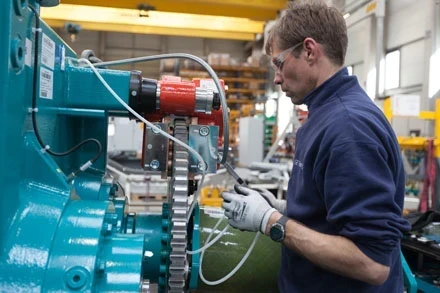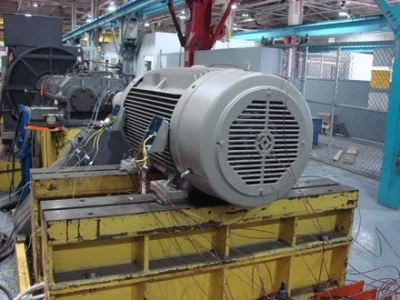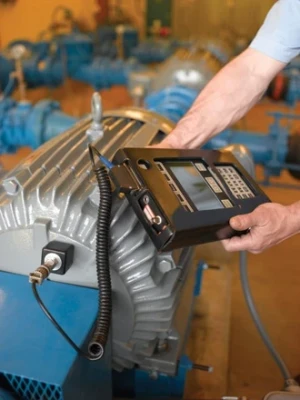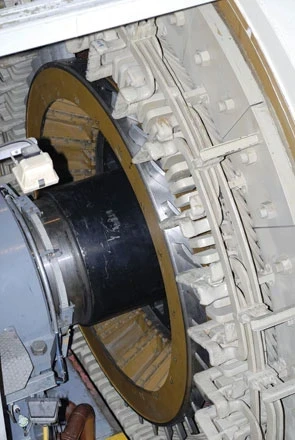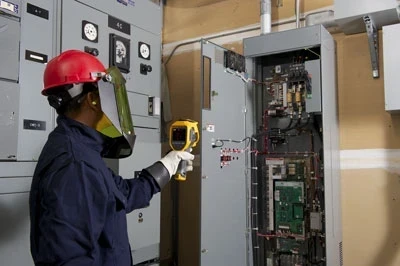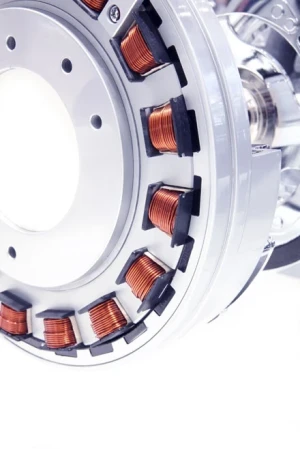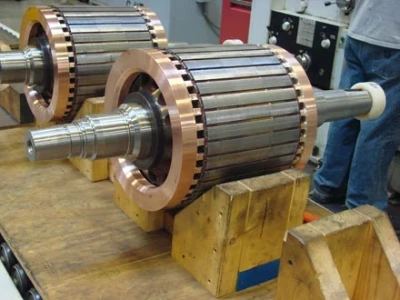Improving Motor Maintenance Practices

Useful approaches to building an effective operation and maintenance program
BY IAN CULBERT AND VICKI WARREN, Iris Power Engineering
The pressures to be more competitive and cost-effective in today’s deregulated market have driven plants to reduce resources by making more informed, condition-based decisions regarding equipment maintenance activities. These decisions go beyond the traditional technical specifications and acceptance criteria that were used when plants where designed and manufactured.
Motor maintenance programs must balance safety and economic risk when allotting resources. It is difficult to ensure that each electric motor receives its appropriate share of resources for testing and maintenance to ensure reliability of plant operation. Many factors must be considered when designing a motor maintenance and testing management program. Age and operating hours are factors, however, newer isn’t always better as some of the problems present in past designs are now reemerging.
A motor maintenance program must consider the prevailing plant or utility maintenance philosophy established by management. All utility plant managers strive for high reliability and availability with minimal operation and maintenance (O&M) costs. Because business owners need guidance when it comes to managing their motors, the following guidelines are provided to help economically maximize the reliable life of motors and improve motor maintenance practices.
CONSIDER SAFETY CONCERNS The primary consideration when determining and scheduling motor maintenance is the safety classification of a motor. In general, safety-related motors are a specially identified class of motors with regards to a maintenance program and might receive more scrutiny than other motors. In many cases, safety-related motors do not operate continuously and have minimum run-time hours. This type of low-duty cycle can limit the amount of maintenance necessary; however, due to the safety nature, reliability is critical.

